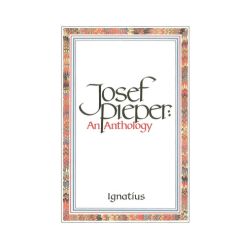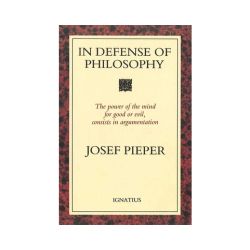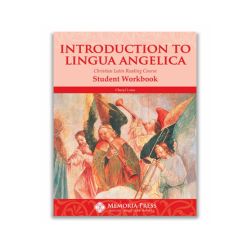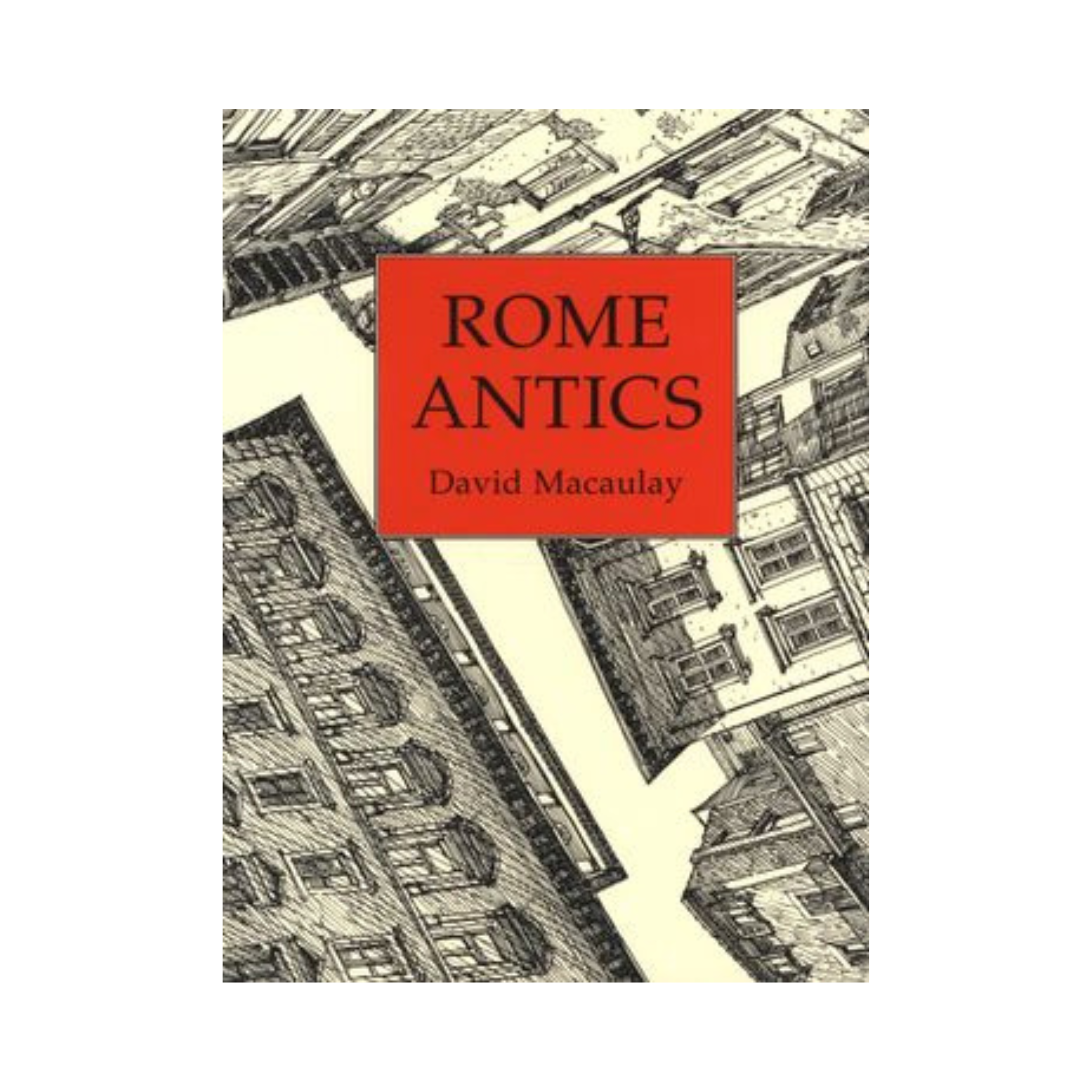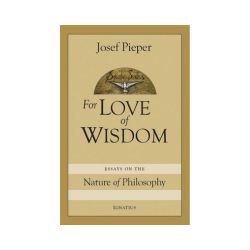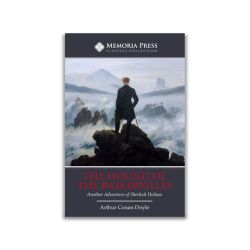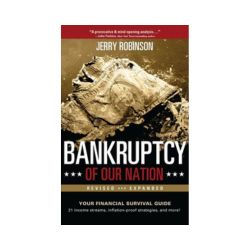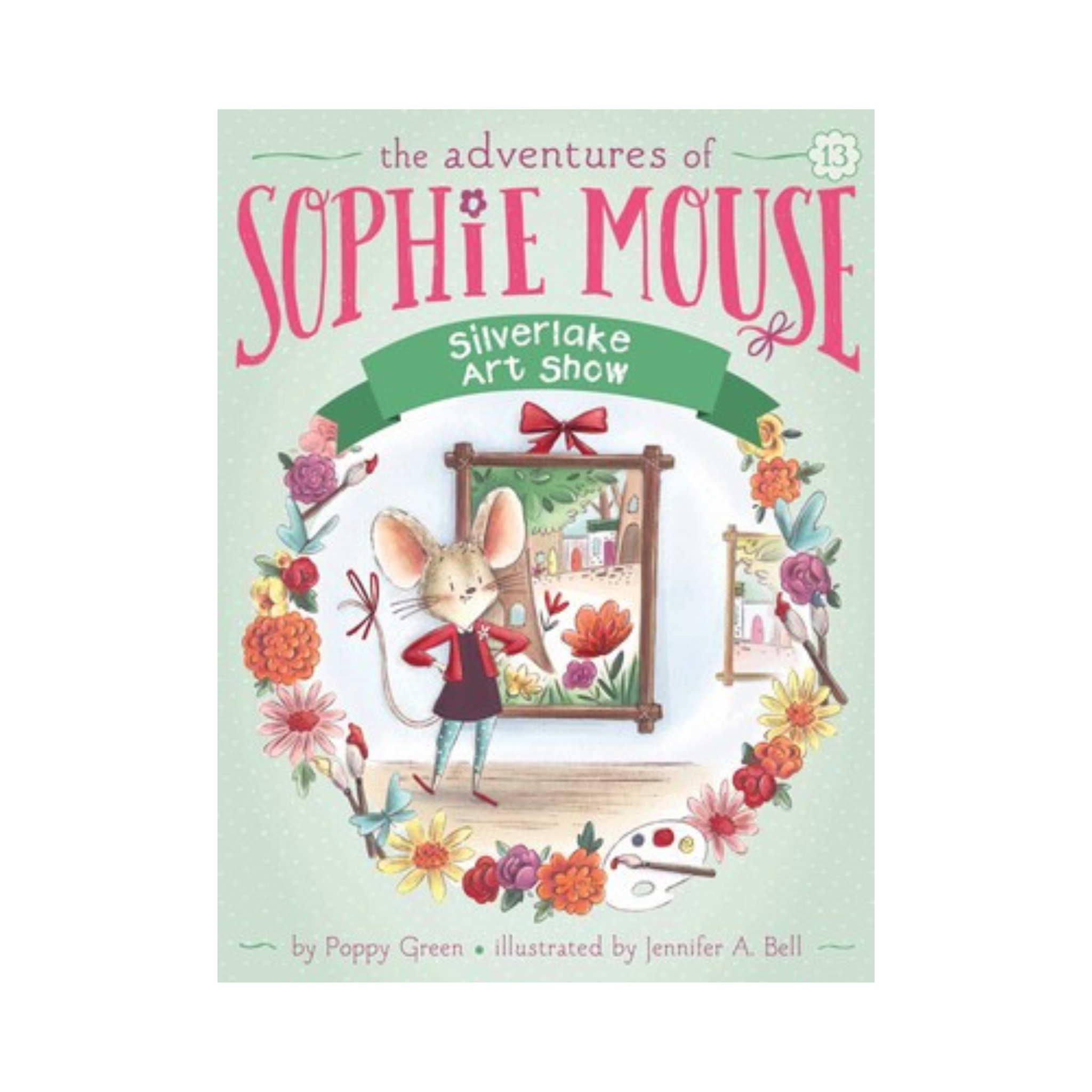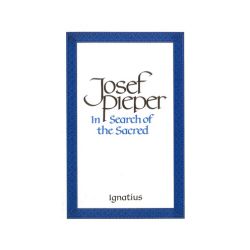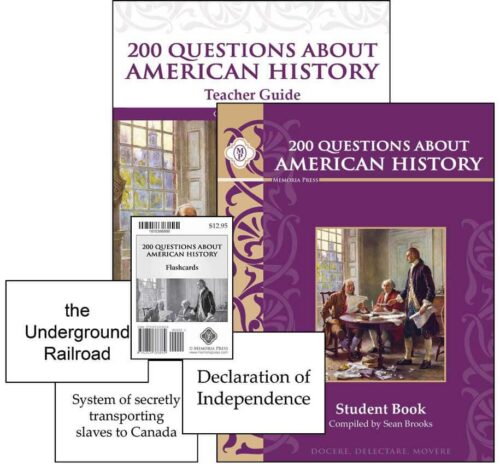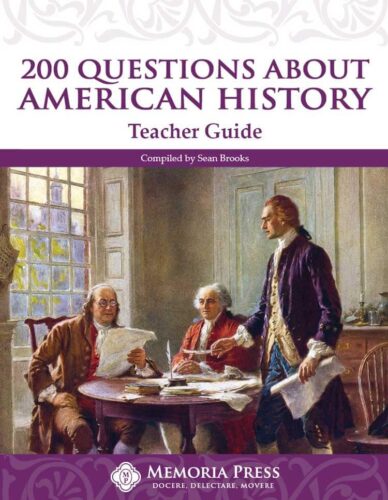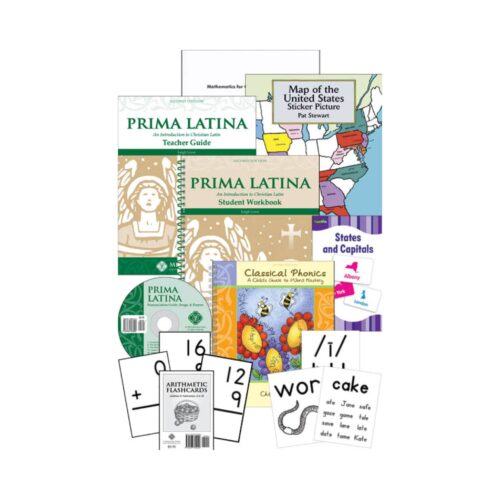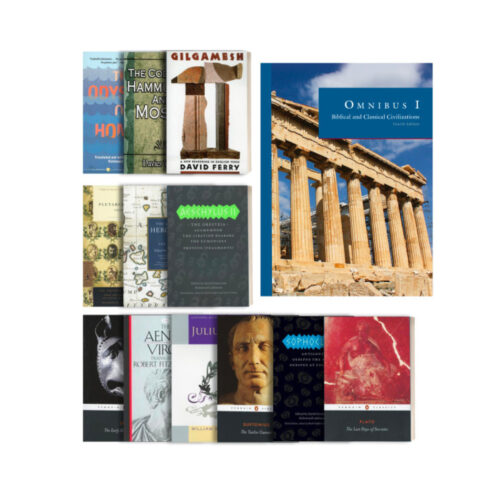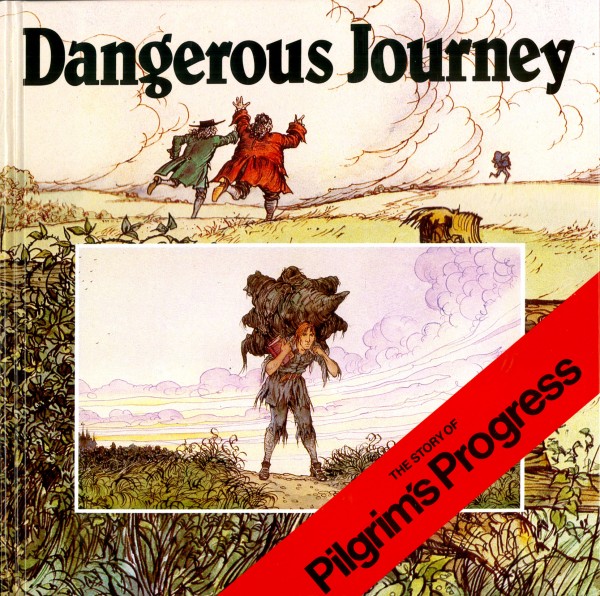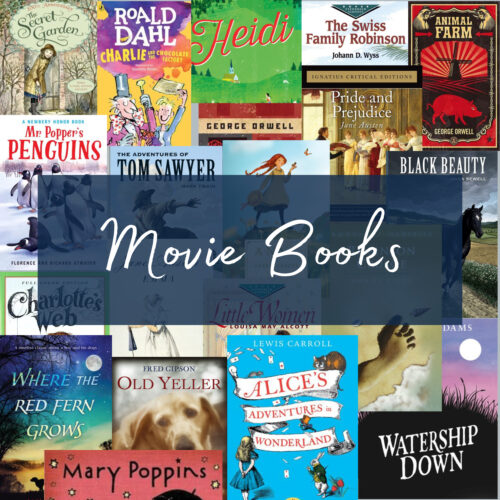Curriculum Spotlight – Zeezok Music

The Zeezok Music Appreciation program comes in many pieces and the program is so versatile. My favorite thing about this program are the books about the composers. These books, by Opal Wheeler, are living books at their best. Each story is captivating and some of them include short pieces of music that a young aspiring musician can try to play on a keyboard or piano. With details about their character and life, these are read-alouds that are the perfect addition to your morning basket. They are about a grade 3 reading level so they can also be used for independent reading. But you don’t need to just read the books and plink out the tunes on your own. You can also purchase a thumb drive that contains all the music referred to in each book. And if that wasn’t enough, you can purchase a Student Activity Book, a Coloring book, and another thumb drive with files to create a lapbook. The question is, how much is too much? Well, how much time do you want to spend studying music? I have been teaching through the Student Activity Book One. It contains about 4 lessons for each reader. The lessons repeat their content for each reader, so you know what to expect. Each set of lessons starts with comprehension questions, a lesson that points out good character traits shown by the composer, and some activities like mapping the composer’s travels, or recipes to make food from their time and culture. It spends time talking about music theory and music styles because there is a difference between classical and baroque music. It introduces the instruments of the orchestra as well as how different kinds of orchestras are arranged. The Student Activity book is quite an in-depth study of music, not just composers. It’s not exactly a living text, but it is hands-on, and it often refers to the files on the thumb drive for the Lapbook activities. There are two Activity books, Book 1 covers Bach, Beethoven, Haydn, Schubert, Mozart, Paganini, and Handel. You can purchase the complete study here. Book 2 covers Chopin, Schumann, Wagner, Foster, Brahms, Tchaikovsky, and MacDowell. Quick Facts: Living books about composers for any age. Add the music thumb drive to play the music referred to in the books. Make it a full-year study of composers, music styles, and orchestra by adding in the Student Activity and Lapbook. Book 1 is for Grades 2-4. Book 2 is for Grades 5-7. The Activity books are flexible in that you can choose to skip a certain aspect of study and not miss out on the rest of the course. (i.e. the character study is a bit long and boring and irrelevant). by Hester VanBraeden Hester is a second-generation home-educating parent who is keenly aware that her own education is not complete, and comfortable that it probably never will be. She has many years of experience with children, books, and curriculum. She loves to travel to worlds and times beyond the present with her children through many books. Hester and her husband have four children and live in the lower mainland of BC.

